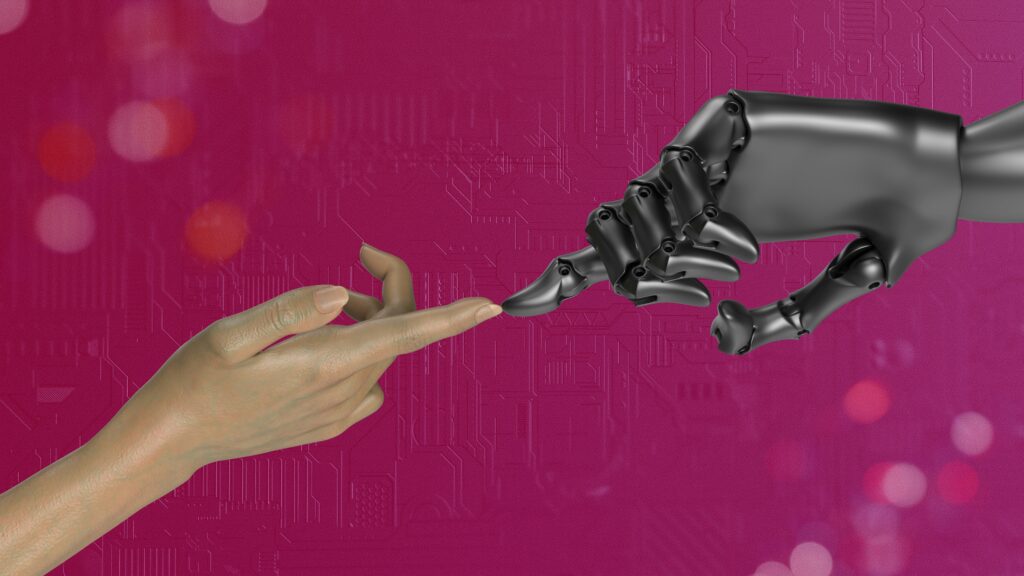Just as artificial intelligence was once imagined as a single, all-powerful brain.
Today, machine learning and AI is evolving into something more collaborative: networks of specialized agents, coordinated by a central controller, much like a team in an office.
This AI architecture is transforming how machines solve complex problems, offering advantages in scalability, specialization, and efficiency. So what are AI agents?
What Are AI Agents?
An AI agent is a focused, purpose-built system designed to handle a specific task. The task could be translating text, writing code, searching the web, analyzing data or interpreting social sentiment.
These agents are not generalists. Instead, they’re like highly trained specialists. They are software tools that are built to do one thing and do it well.
How AI Agents Work
AI agents are powered by large language models (LLMs). They are often referred to as LLM agents.
Traditional LLMs generate responses based on the data they were trained on. So they have their limits when it comes to reasoning or knowing real-time information.
AI agents can do more. They can:
- Use tools in the background to get live data
- Break down complex tasks into smaller steps
- Adapt the workflow automatically to reach a goal
AI agents can also learn from past interactions, plan ahead and adjust to needs of a project.
Read our recent blog: What are AI tokens and why are they the new AI metric?
Can AI Agents have a “boss” that assigns them tasks?
Yes, an orchestrator AI is an artificial intelligence system that coordinates, manages and integrates the activities of multiple specialized AI agents or components. It’s similar to how a conductor leads an orchestra.
This “conductor” or coordinator makes sure that all parts work together to achieve a complex goal by:
- Breaking complex goals into manageable tasks
- Assigning subtasks to the appropriate AI agents
- Aggregating the results and ensuring quality
- Looping through revisions as needed
Orchestrator AI is not a general-purpose intelligence. Instead, it’s a system-level design pattern that enhances AI systems by structuring and managing interactions among many specialized components.
What is AutoGPT?
One of the first platforms to popularize AI agents “having a boss” was AutoGPT.
This is an experimental system where you simply set a broad goal—like “analyze the viability of a new dating app in the U.S.”—and the AI handles everything else.
For example, AutoGPT could:
- Create its own subtasks
- Generate internal agents to tackle those tasks
- Validate progress and adjust as needed
- Search online, writes code and makes decisions autonomously
This approach demonstrates the power of agent-based AI in handling end-to-end projects with minimal human input.
How AI Agents Communicate and Collaborate
Agent communication can include:
- Simple communication
- Text hand-offs or shared folders
- Structured communication
- Workflow-driven with defined roles
- Centralized communication
- Using shared memory or message brokers
This emulates how human teams collaborate using tools like Slack, shared drives or project management software. “AI agent teams” are gaining popularity due to improved performance on niche tasks, flexibility and scalability.
The Future of AI Agents
Instead of imagining a single AI agent solving every problem, the future points toward collaborative artificial intelligence: teams of agents with multiple intelligences, working together as a team in human-like ways.
Massed Compute can support your AI projects with affordable and scalable NVIDIA cloud GPUs. Launch an On-Demand instance today!
Use the coupon code MassedComputeResearch for 15% off any GPU rental.

